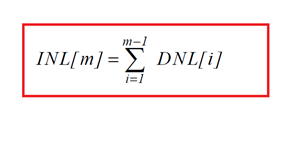Other Parts Discussed in Thread: LP8731-Q1
Hi
I have question of ADS7841ESQDBQRQ1.
1. I calculated TUE of ADS7841-Q1 using the following material.
- Application Report SLAA587(ADS Performance Parameters-Convert the Units Correctly).
According to this report, TUE is represented as sqrt (sq(Offset Error) + sq(Gain Error) + sq(DNL) + sq(INL)) ; all in LSB.
What should I regard this data as?
Is this result obtained from TUE equation "guaranteed"?
Or is it "not guaranteed but never exceed this value"?
2. I could not see the minimum value of Iq.
Can you provide it?
3. How should unused analog input pins be terminated?
(Connect to GND directly?)
4. Does this device have AEC-Q100 certification?
BestRegars


